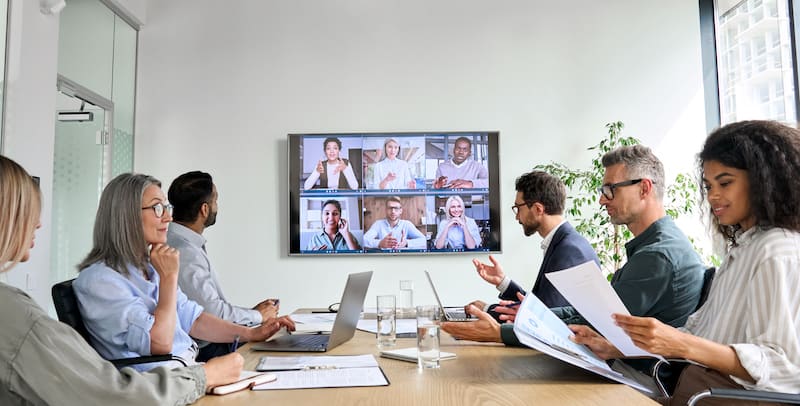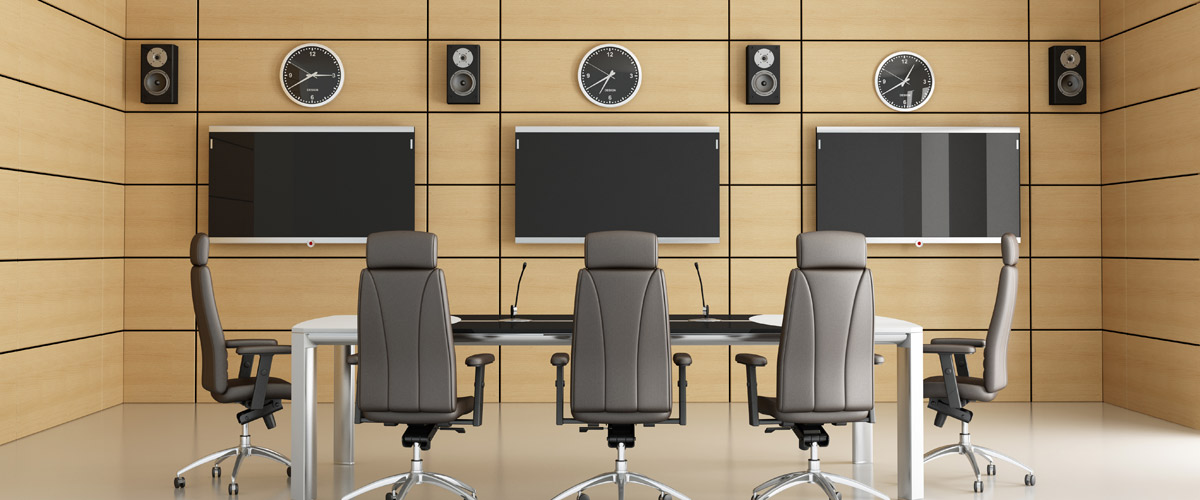Step-by-Step Guide to a Successful AV Installation Project
Step-by-Step Guide to a Successful AV Installation Project
Blog Article
Designing Dynamic Discovering Environments With Advanced Sound Visual Systems
In the swiftly evolving landscape of education, the integration of advanced audio-visual systems stands as a pivotal growth, transforming traditional classrooms into vibrant knowing settings. As we explore the possibility of these systems, one have to consider just how they reshape instructional approaches and influence understanding end results.
Understanding Advanced AV Solutions
In today's swiftly progressing educational landscape, progressed audiovisual (AV) systems have actually ended up being important to developing appealing and efficient learning settings. These systems include a wide variety of modern technologies, including interactive displays, high-definition projectors, and advanced stereo, all of which add to an extra immersive instructional experience. By leveraging these modern technologies, instructors can present information in dynamic and diverse formats, accommodating different learning requirements and designs.
Interactive displays, for instance, allow real-time cooperation and responses, enabling students to involve more deeply with the web content. Progressed audio systems provide clear audio, which is crucial for preserving focus and guaranteeing that all pupils can recognize the material and hear being provided.
Integrating advanced AV systems calls for not only an understanding of the modern technology itself however also strategic preparation to align these tools with educational objectives. By thoughtfully integrating these systems, colleges can promote a setting that sustains innovative training methodologies and enhances the total educational experience for both pupils and teachers.
Enhancing Student Interaction
Every person acknowledges that student engagement is a crucial component of effective understanding results. AV Installation. These systems can transform typical class right into dynamic setups where students are motivated to discover.
High-quality noise and visual aspects help record trainees' attention and improve their understanding of complicated topics. For instance, utilizing huge display screens with crisp images and clear audio can make lessons more understandable and fascinating. Furthermore, AV systems help with diverse mentor methods, such as collective jobs and multimedia presentations, which can provide to various learning designs and keep pupils interested.
Additionally, the unification of AV systems enables real-time feedback and communication between students and teachers. This immediacy can encourage active engagement, as pupils really feel more connected to the lesson and certain in revealing their ideas. Therefore, by integrating innovative AV innovations, universities can produce a stimulating setting that not only enhances interaction however additionally supports much better academic efficiency and trainee complete satisfaction.
Integrating Interactive Technologies
Although the combination of interactive modern technologies in educational setups marks a significant shift from typical training techniques, its effect on trainee understanding and involvement is profound. Interactive innovations, such as clever boards, digital tablets, and virtual fact applications, have actually redefined the classroom, transforming it into a vibrant space where trainees actively join their understanding journey. These innovations promote cooperation, creativity, and crucial reasoning, as trainees are motivated to communicate with electronic material, do simulations, and take part in analytic tasks.
Using interactive technologies promotes real-time feedback and analysis, enabling teachers to tailor instruction to meet individual demands. This immediacy in comments improves the learning process, making it possible for pupils to comprehend principles extra completely and quickly address misconceptions. In addition, such technologies advertise inclusivity by offering diverse students with several means of accessing and official site involving with web content.
Furthermore, these tools bridge the gap between theoretical understanding and functional application, preparing pupils for a technology-driven globe. By producing immersive and interactive knowing experiences, teachers are much better outfitted to record trainees' interest and suffer their rate of interest. As the educational landscape remains to progress, the strategic assimilation of interactive technologies remains critical in fostering a engaging and effective understanding setting.
Adapting to Diverse Learning Styles
Customizing educational approaches to suit diverse discovering designs is crucial in fostering a inclusive and effective class setting. Advanced audio visual systems provide flexible devices that can deal with the diverse choices of students. For aesthetic students, tools such as interactive whiteboards and high-resolution projectors supply rich aesthetic material that boosts understanding and retention. Auditory learners gain from top quality noise systems that guarantee clarity during lectures and make it possible for the assimilation of audio products like podcasts and videotaped discussions.
Kinesthetic students flourish in atmospheres that allow for hands-on interaction. Technologies such as online truth (VIRTUAL REALITY) and enhanced truth (AR) offer immersive experiences that involve these students by enabling them to adjust digital things or discover online environments. Flexible learning software can tailor material distribution to individual knowing choices, helping with customized education and learning paths.
Implementing Collective Devices
In today's interconnected educational landscape, the assimilation of collective tools plays an essential function in improving student interaction and helping with team effort (AV Installation). These tools are vital in creating dynamic learning environments that cultivate interaction, essential reasoning, and analytic skills among students. By leveraging sophisticated audio-visual systems, educators can apply systems that support real-time communication, data sharing, and joint job development, therefore motivating an extra energetic participation from students

Including collective tools within the classroom not just aligns with contemporary academic requirements however additionally prepares students for the modern labor force where synergy and technological effectiveness are highly valued (AV Installation). As organizations aim to make settings that are both comprehensive and ingenious, the calculated execution of these devices becomes progressively important, making sure pupils are geared up with the skills needed for future success

Verdict
The combination of sophisticated audio-visual systems in academic setups significantly improves discovering experiences by promoting engagement and cooperation. High-def projectors, interactive display screens, and innovative stereo create immersive environments that suit diverse understanding styles and help with clear communication. Real-time responses and interactive participation equip instructors to tailor instruction efficiently. Furthermore, joint devices enable smooth pupil collaboration, preparing students for future difficulties in a technology-driven globe, thereby boosting both understanding and retention of knowledge.
Everyone acknowledges that trainee interaction is a crucial part of effective learning outcomes.Although the assimilation of interactive innovations in educational settings marks a considerable shift from conventional teaching approaches, webpage its influence on trainee knowing and interaction is extensive. Interactive technologies, such as wise boards, electronic tablets, and digital reality applications, have redefined the class, transforming it into a dynamic room where trainees proactively take part in their learning journey. By developing immersive and interactive understanding experiences, teachers are better furnished to catch pupils' focus and sustain their interest. These tools are crucial in creating vibrant learning atmospheres that cultivate communication, vital reasoning, and analytic abilities amongst pupils.
Report this page